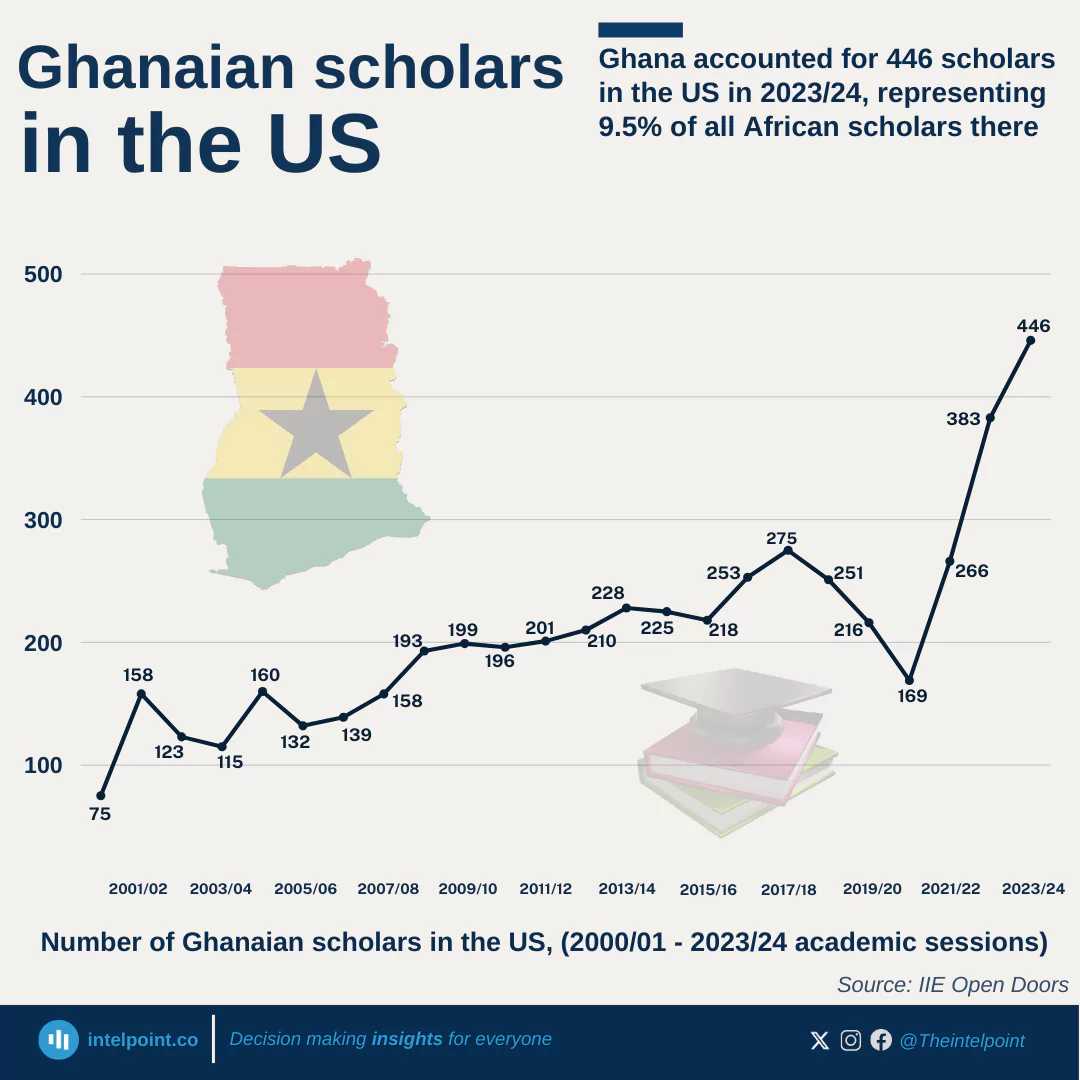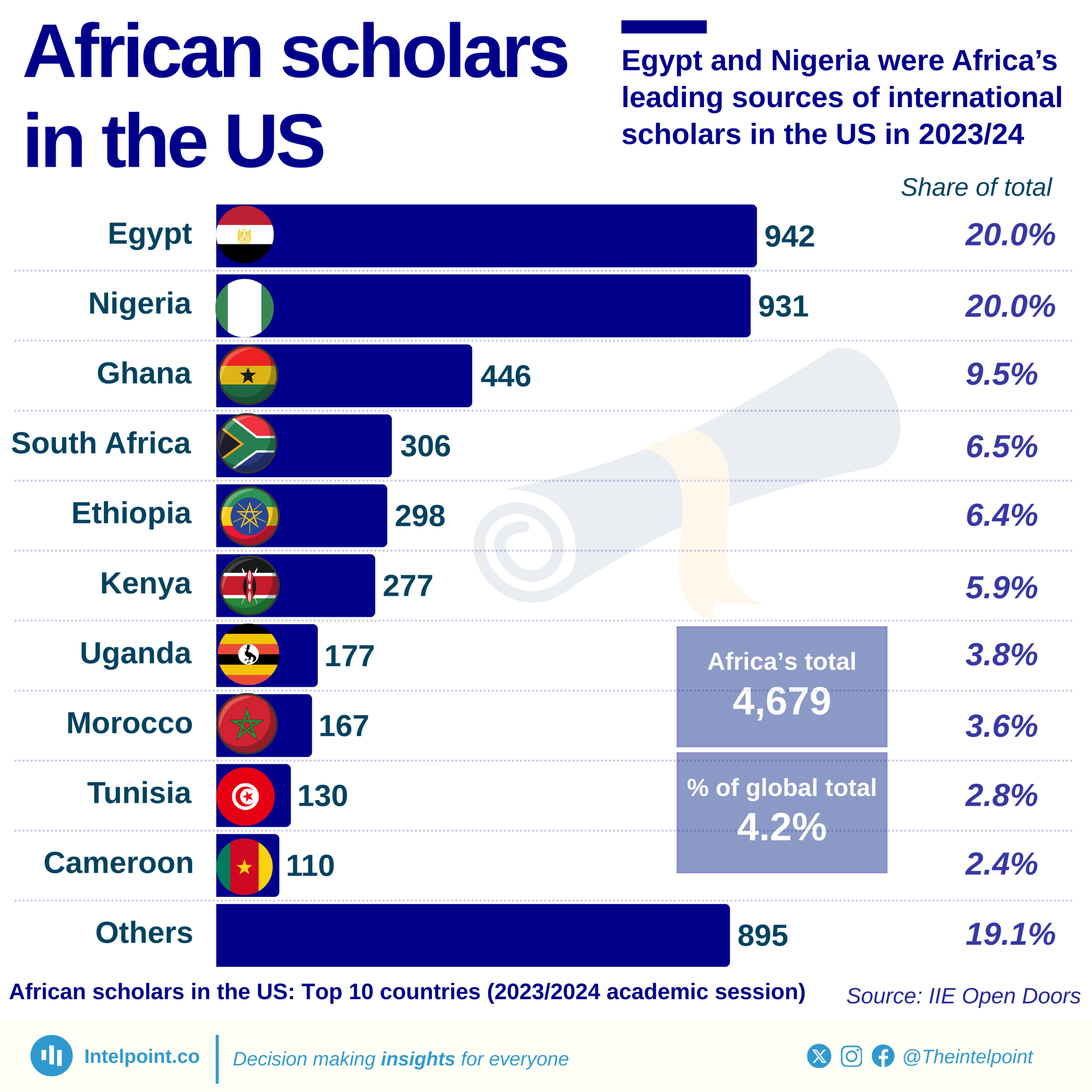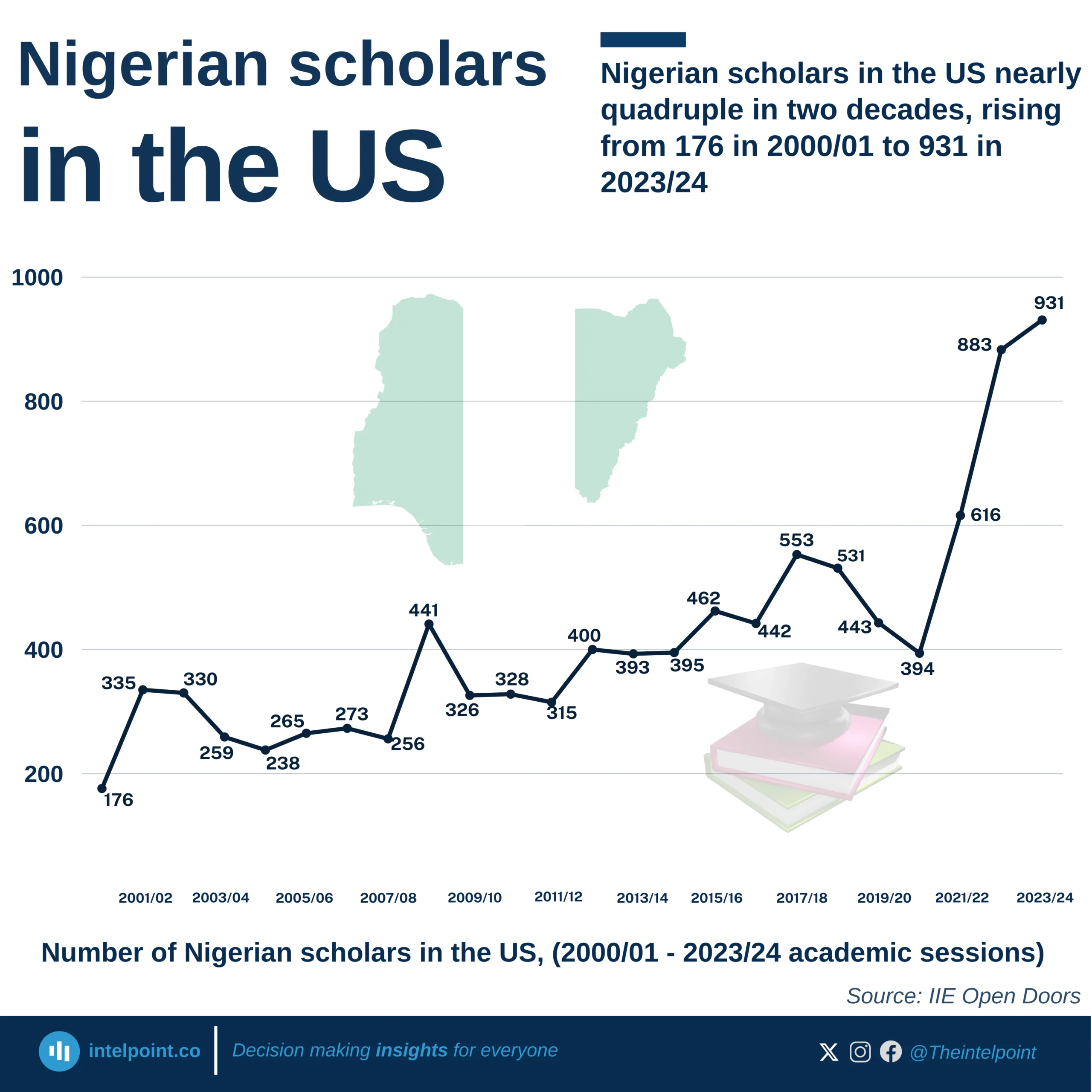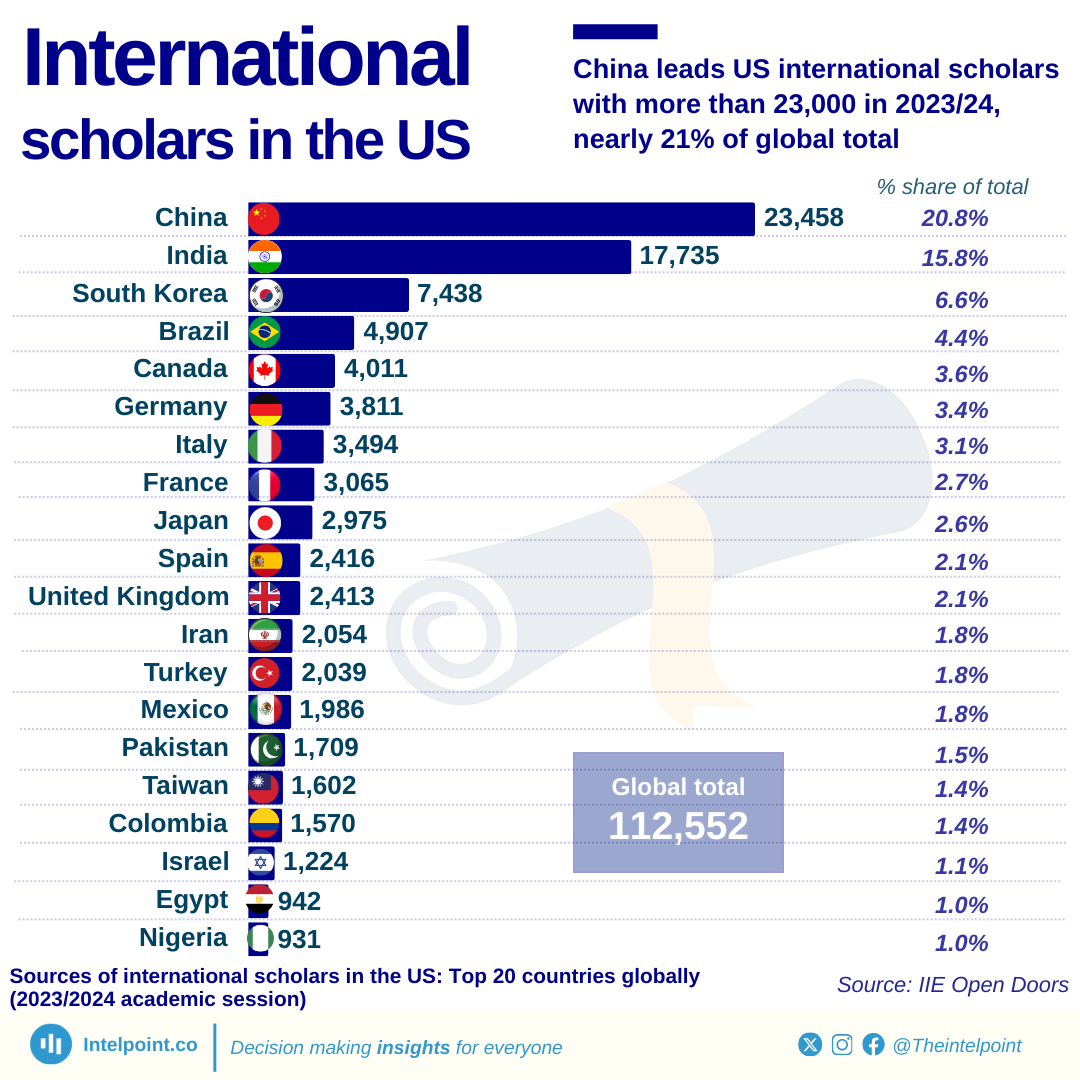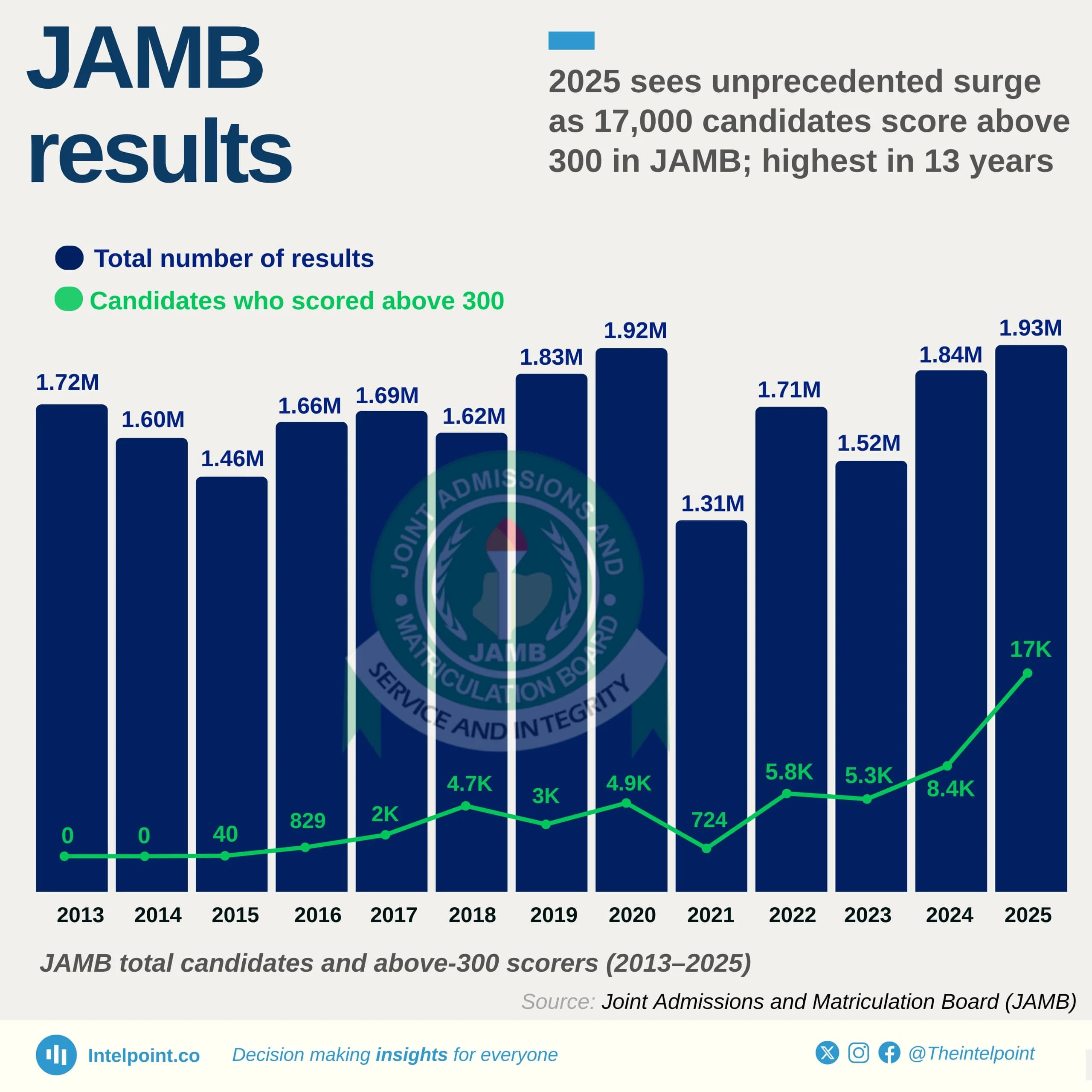The world is facing teacher shortage, and no region is feeling the impact more than Sub-Saharan Africa, where over 15 million additional teachers are needed by 2030. This is nearly double the demand in Southern Asia, which requires 7.78 million teachers. The scale of the challenge is staggering, with millions of students at risk of missing out on quality education due to a lack of teachers.
Across the globe, other regions also face significant shortages, with Europe & Northern America needing 4.83 million teachers, South-Eastern Asia requiring 4.54 million, and Latin America & the Caribbean short by 3.21 million teachers. Even Oceania, despite its smaller population, needs 280,000 teachers to meet demand. The issue is widespread, but the crisis is most severe in regions with rapidly growing youth populations.

